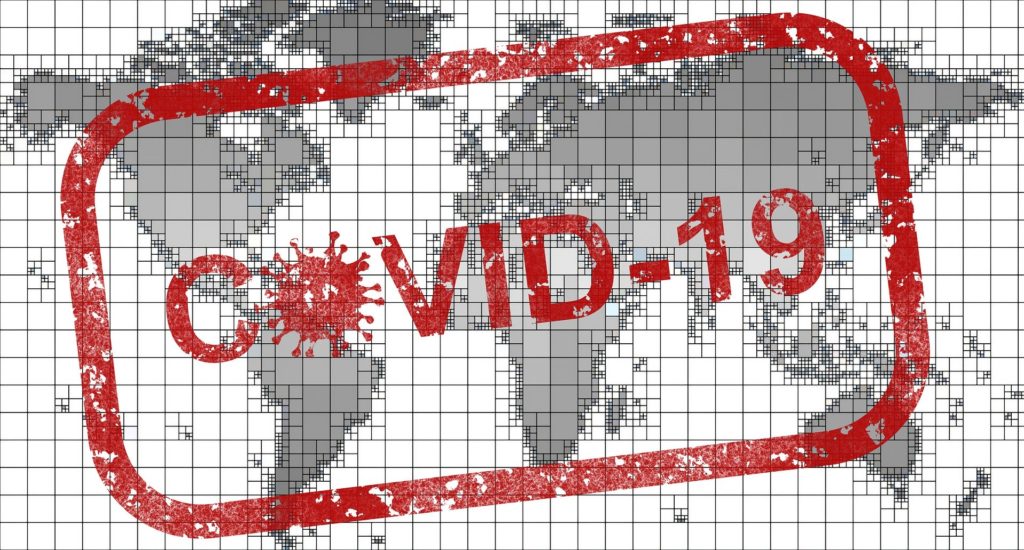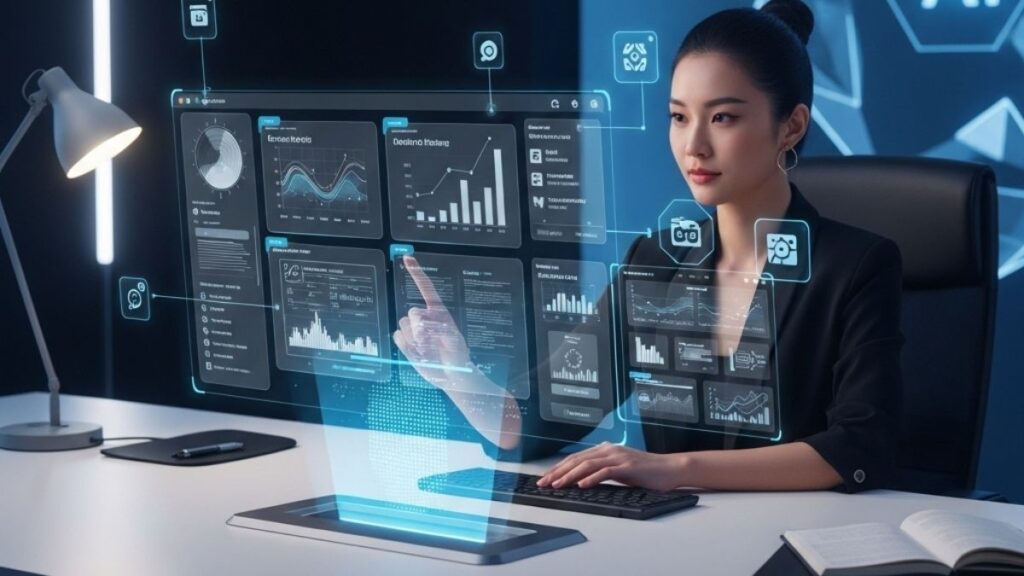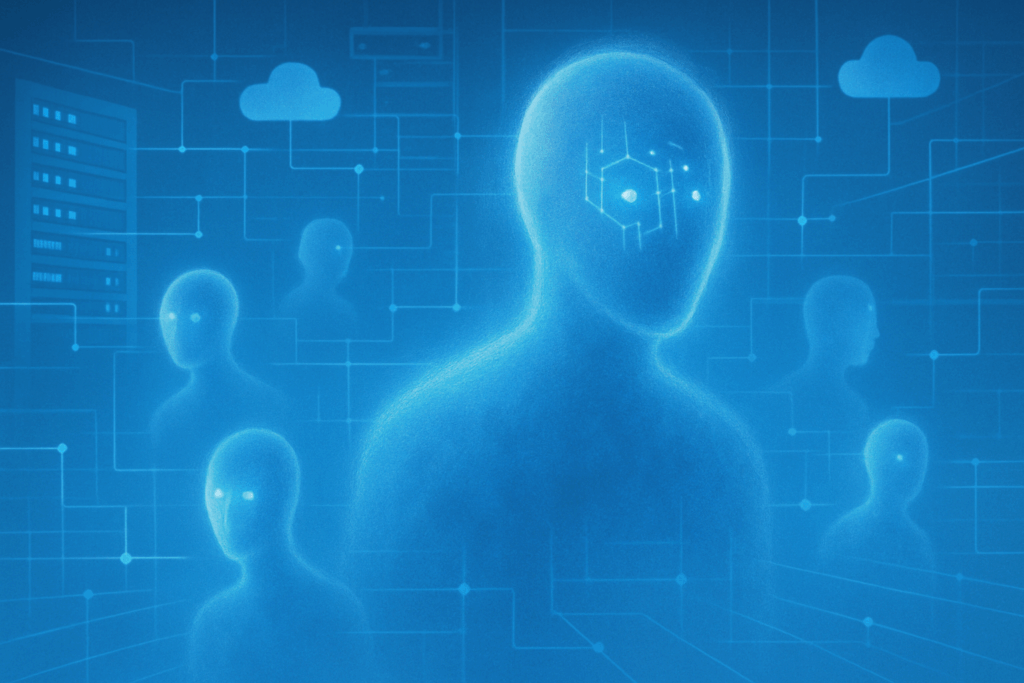Like most of you, I’m locked into my house and unable to travel even though we have ten confirmed cases of COVID-19, not in the city, but the entire county. The extra time I have is resulting in my being able to get projects done I’ve put off for years, get my VR rig working again, and just think about things that are going on around me.
One of those things is thinking about what advancements would massively change how we deal with this pandemic. I’ll use the trusty “Rule of 3,” and what follows are the three things that I think would dramatically change not only this Pandemic but the ones that follow.
Real-Time Fact-Checking
As I was writing, this NPR station announced they would no longer cover Presidential COVID-19 briefings because they don’t have real-time fact-checking and because much of what the President says is wrong. There is so much false information surrounding this virus, particularly on the Dark Web, that it is no wonder that so many people aren’t taking the government’s demands seriously. We have churches selling false medications, people just making stuff up, and politicians that appear to have gone off the rails. And, on top of that, we have a growing wave of phone calls, emails, and posts designed to find creative ways to extort money out of us. (Granted some of the results are both painful and ironic).
And a lot of us are re-posting articles that seem authentic but aren’t accurate (some are borderline insane) because our confirmation biases make us blind to the fact they are false. Our blindness originates from our wanting them to be correct, but the result is rather embarrassing when someone we sent the piece to publicly chastises us for not checking the facts before forwarding or retweeting the message.
And given this has to do with an illness that can kill you, getting this stuff right has never been more critical. I’d expect this to first emerge on moderate news services like NPR and CNN, but it would be an incredibly useful app on a smartphone, PC, or anything that ran a browser. Much like a spell checker, it would run in the background and alert you that what you are reading is untrustworthy.
Real-Time Virus Testing
Whether it is a cold, the flu, or COVID-19, we need a better way to tell if we are contagious. With COVID-19 and other coronaviruses, there is a decent chance we could get an early warning by simply testing whether our taste has degraded. With a fraction of the supercomputer power we are using to find cures, we could see that one taste that is most likely first to become indistinguishable. Provide sealed samples of that taste once a baseline is taken to assure users could distinguish it when they are well, and then provide a process whereby anyone losing that taste could get fast-tracked formal test while self-quarantined.
If we can mass test and only quarantine those that are sick, we could likely get ahead of the virus without shutting down the business, avoiding the catastrophic unintended consequence of an economic melt-down. Several companies are working on fast, inexpensive testing. Still, the process has to be very reasonable, very easy, and very fast—suggesting looking at a common symptom like the loss of taste or smell to be a quicker, cheaper, way to get this done. But if everyone could at least initially test themselves, not only could we just focus on the people that are sick, we could get a far more reliable idea of where the virus was spreading. We could also get better-designed methods to deal with it that were more surgical and less damaging at a national level.
3D Printers For Medical Gear
HP is ramping up this effort as I write this and has already begun printing, at scale. They are currently printing hands-free door openers, face mask adjusters, and face shields and plan to print field ventilators and FFP3 Face masks shortly. But if we had dedicated 3D printers in every major hospital, they wouldn’t have to warehouse so many spares only to find out they still didn’t have enough when something like this Covid-19 pandemic occurs. They would only have to stockpile the raw materials and then go into production themselves to build what they needed during the crises, and much of the concerns around shortages we are now seeing should go away.
Ideally, you’d want to set up a 3D printer based standby manufacturing line so that complex solutions, like simple ventilators, could be assembled on demand just by shifting human resources to the manufacturing line. Besides, I’m sure most hospitals could sign up retired volunteers who could be called up when they needed to fire the line up and start printing the supplies they need.
This 3D work-in-progress would keep the cost of reserves down, prevent future shortfalls, and provide a better way for the hospital to control its critical supplies by allowing them—during a disaster—to integrate vertically.
Wrapping Up
Much of the pain we are currently feeling in the US isn’t due to the virus itself, but the necessary overblown efforts to stop it from growing so fast it overwhelms domestic healthcare. If we can get people the truth, provide them with a better, faster way to identify and isolate those that are sick, and provide hospitals with a quicker/better way to produce their own critical supplies, the next pandemic really could be even less disruptive than the flu. Even the flu wouldn’t be as deadly.
We have the AI (artificial intelligence) systems like IBM’s Watson that could do real-time fact-checking (it did a live debate just fine). We are capable of rethinking initial testing and applying it to early symptoms rather than lab work. HP is already rolling out 3D printing solutions to help with the safety equipment shortfalls.
It is just a matter of stepping back from the “Whack-A-Mole” approach we have now to a more strategic long-term solution that doesn’t involve crippling the nation. I doubt we’ll make it in time for COVID-19, but next time, we could assure this process of avoiding the virus is far more effective and far less painful.




Comments are closed.